What is Calligraphy and What Materials Do I Need to Get Started?
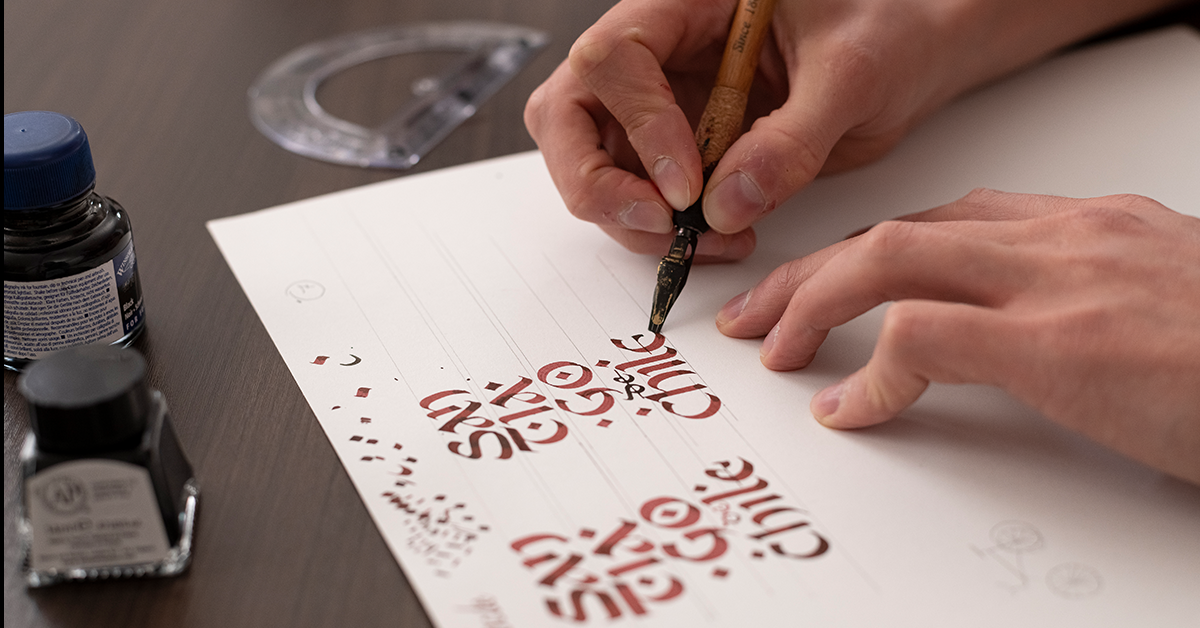
Know the fundamentals of this creative discipline and express your love for handwriting
If you are passionate about letters, maybe a calligraphy artist has caught your attention. On social media, we see captivating videos of creatives creating beautiful compositions in which written messages transcend on paper. If you too want to learn this beautiful art, you've come to the right place!
Discover some basic calligraphy concepts and the materials you need to start practicing right now.
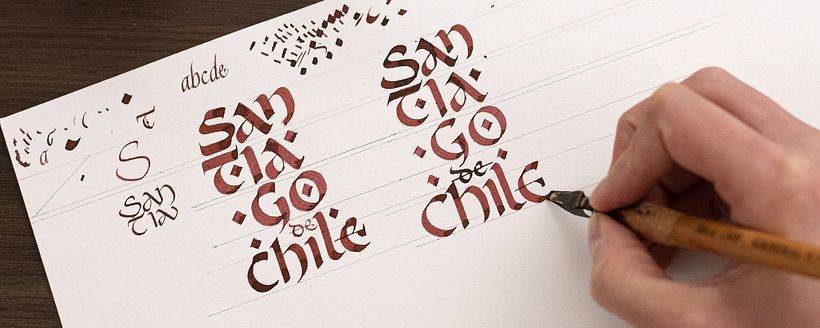
What is calligraphy?
Calligraphy, in the simplest possible terms, is the art of writing letters with a single stroke. It is a type of writing focused on the beauty of the lines, shapes, and how they are written on paper.
Calligraphy is often confused with lettering. Lettering takes up the principles of calligraphy but creates letters that are more like drawing. Generally, calligraphy is practiced on paper, and you can use guides and grids to follow certain principles about the shape and size of each letter. On the other hand, while practicing lettering you can make more experimental compositions, and you will often see it in large formats or digital pieces.
In the following video, TECK24 (@ teck24horas), a graffiti artist and expert in the world of letters, gives you the keys to differentiate between calligraphy and lettering.
What are the types of calligraphy that exist?
According to Joaquín Seguí (@joaquinsegui), a graphic designer specializing in calligraphy, a general but essential distinction is:
Formal calligraphy
They are alphabets that follow established rules. The strokes are very controlled and often start from traditional alphabets. An example is the blackletter or Gothic script.

Gestural calligraphy
The shapes are much more fluid, and the strokes are fast. More random letters can result, and hence it is classified as gestural. However, the artists still respect the rules that come from formal calligraphies but modifying them according to their vision.

Here is more information if you want to learn more about some classic calligraphy styles: Italic calligraphy, Fundational calligraphy, and Copperplate calligraphy.
What tools do I need?
If you want to experiment, you can practically use any object to make your calligraphy strokes. Joaquín recounts the classic tools used in calligraphy. He points out that the type of tool you choose will modify the outcome of your work so that some are more functional for formal calligraphy than others.
A great idea is to get yourself a couple of different tools and figure out which one you feel most comfortable with.
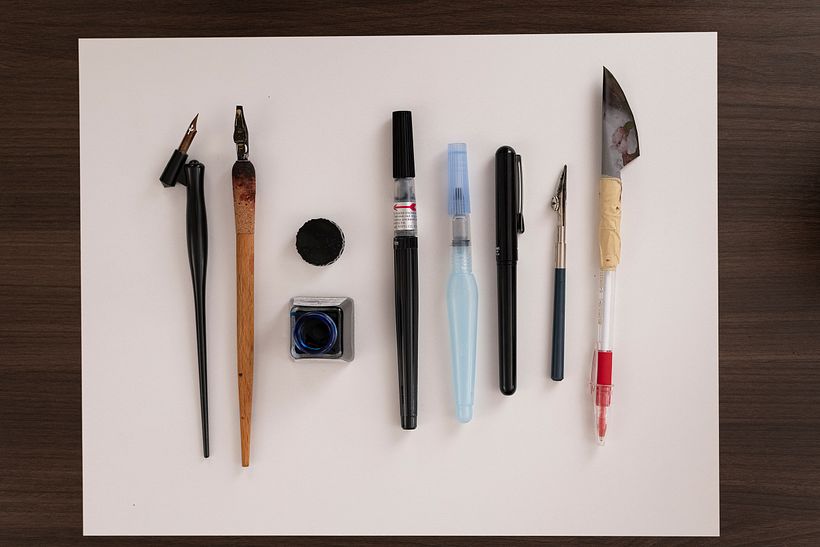
Tools for formal calligraphy
- Metallic calligraphy nib. It is the classic calligraphy pen, used in many styles, such as fundational, gothic, and so on.
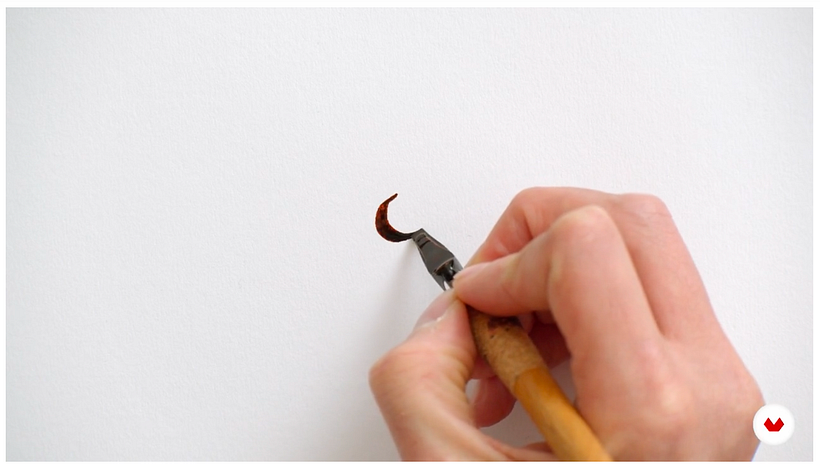
- Dip pen. It is also used for inking in illustration. In italic type, multiple letters are written with your single stroke.

Gestural calligraphy tools
- Brush pen. It is in the middle between formal and gestural calligraphy. There are different types, and they "imitate" a round brush. Learn more about this tool here.

- Ruling pen. You can pick from a wide variety of options and even homemade versions. They are usually made of metal. It generates very fine or very thick lines, with little control that produce interesting results.
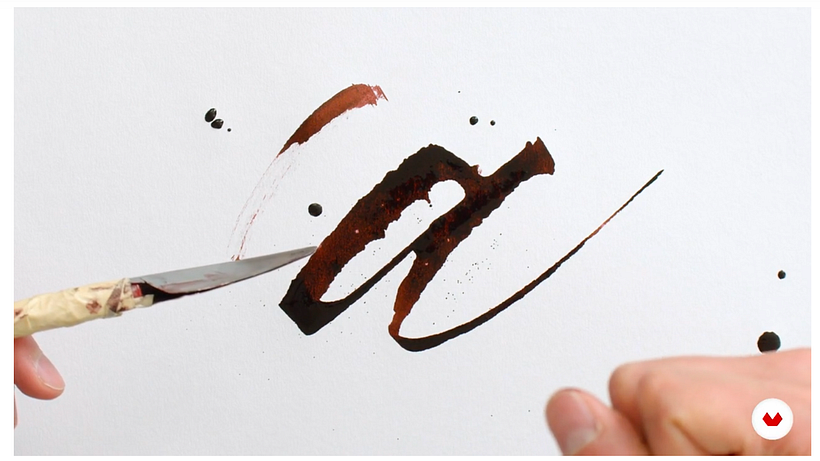
What materials do I need?
In addition to the pen or tool you use to trace your letters, you will need a few more supplies:
- Ink. There are, of course, various types of Chinese ink or India ink. Joaquín Seguí recommends using a light one to avoid lumps. There are ink brands that you can mix with water or even stick inks, similar to watercolor pens.

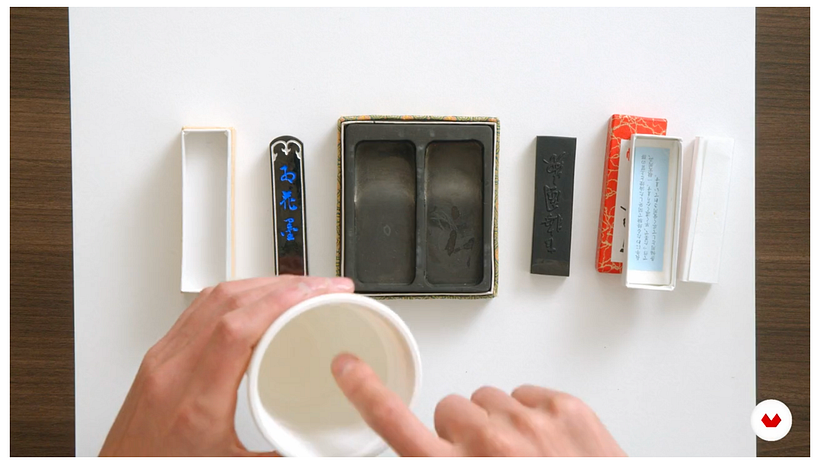
- Watercolor. You can also use it to get started with calligraphy as an alternative to ink. There are various types, brands, and prices. The biggest advantage is its variety of colors. Dare to experiment with them!
- Paper. As a general rule, you should use waterproof paper that can absorb ink. You will have to experiment with different paper types according to the ink you use. Joaquín also suggests using some recognized brands that make watercolor paper and India ink. This paper, such as Fabriano, Canson, or Strathmore, is available in different price ranges and you can easily find them in art stores.
- Other allies. Pencil, eraser, rulers, and protractor. These are some tools that will also help you practice.
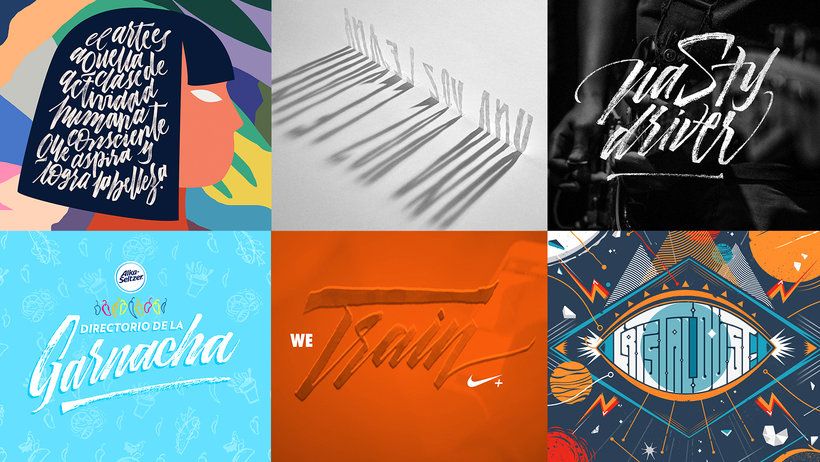
If you want to get started in calligraphy, sign up for Joaquín Seguí's course, Uncial Calligraphy for Beginners, in which you will learn to create letters with a modern style and a lot of character.
You may also be interested in:
- The History of Typography: From 11th Century China to the Digital Age.
- 5 Lettering and Typography Books to Inspire Your Projects.
- Challenge: Illustrated Letterform.





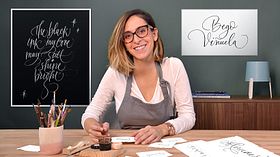
0 comments